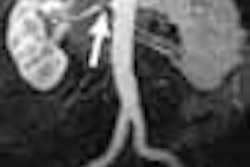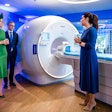A group from the University of Pennsylvania Medical Center in Pittsburgh has tackled the data migration challenge with an automated conversion algorithm that matches PACS images with RIS data, according to an article we're featuring this week in our PACS Digital Community.
Dear AuntMinnie Member,
Now that PACS is becoming a mature technology, many of its early adopters are buying new image management systems to replace their older networks. Alas, the systems are never a perfect fit, giving rise to a whole new set of challenges as imaging facilities try to transfer their legacy data.
A group from the University of Pennsylvania Medical Center in Pittsburgh has tackled the data migration challenge with an automated conversion algorithm that matches PACS images with RIS data, according to an article we're featuring this week by staff writer Erik L. Ridley in our PACS Digital Community.
Such an approach would enable sites to use their RIS data as a reference standard to identify the PACS images after they've been migrated to the new system. Previous data-matching algorithms, however, have had poor rates in securing accurate matches between the datasets, requiring human intervention to reconcile the data.
The Pennsylvania group believes it has solved the conundrum by achieving a data match rate of 94%, making it a viable alternative for automated data migration. Find out how they did it in our PACS Digital Community, at pacs.auntminnie.com.



















